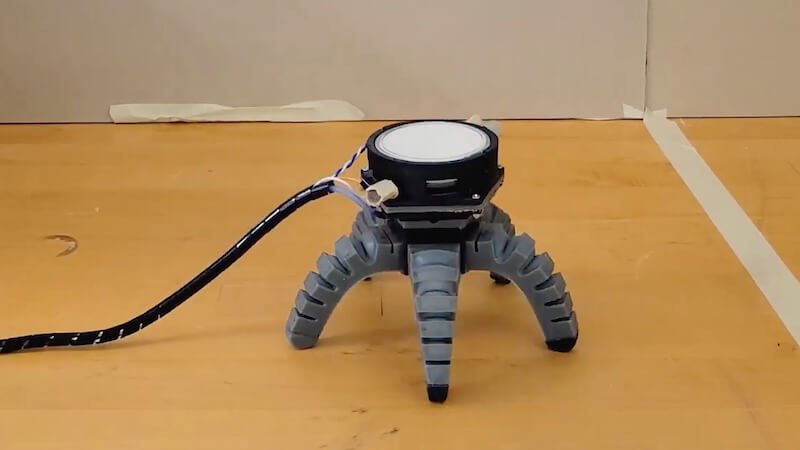
Researchers have developed a new type of biohybrid robot that is controlled by a fungus. More precisely, the robot controlled by mycelia. These use fungi to respond to environmental stimuli.
Researchers at Cornell University recently developed a new type of robot that is controlled by a king oyster mushroom. To make this possible, the scientists integrated mycelia, the thread-like roots of the mushroom, into the robot hardware. This allows the robot to react to the environment using electrical signals.
The so-called biohybrid robot is based on a combination of biological and artificial materials. The researchers hope that such robots will be used, for example, to explore oceans or in agriculture.
Biohybrid robot: fungus takes control of mycelia
The fungus' mycelia can generate small electrical signals that are picked up by the robot's electrodes and converted into digital information. This information in turn controls the biohybrid's movements. In one experiment, for example, it reacted to UV light and changed its locomotion as a result.
Research shows that fungi may be able to control the functions of robots more efficiently than artificial systems. In the future, such biohybrid robots could be used in agriculture and environmental monitoring. Among other things, they could analyze the chemical state of soils and add fertilizers when necessary.
Ethical considerations and challenges of technology
Fungi could also serve as the basis for other biohybrid technologies, such as ecosystem monitoring or pollutant detection. Experts say the technology has great potential, especially in areas where monitoring environmental conditions is necessary.
Although this research appears promising, there are ethical concerns about the potential impact on ecosystems. If biohybrid robots are deployed in large numbers in natural environments, they could disrupt the balance of those environments. Therefore, it is important to consider these aspects before deploying the technologies.
Also interesting:
Source: https://www.basicthinking.de/blog/2024/09/11/bio-hybride-roboter-mit-myzel-steuerung/


